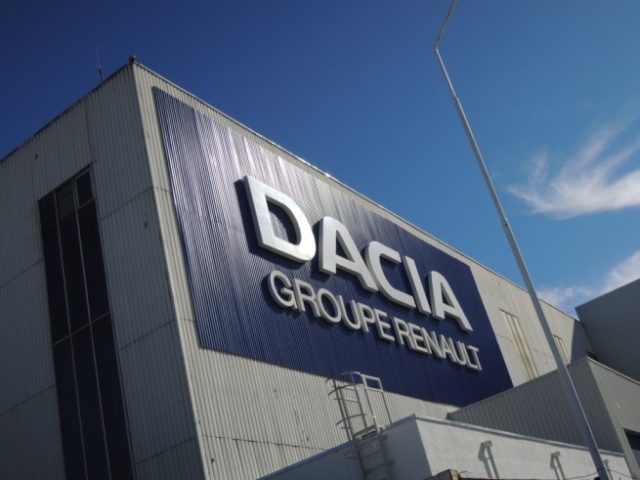Road infrastructure – a problem for Romanian carmakers
After months of hesitation between various options to close the pan-European corridor IV and to connect Romania’s western and eastern borders, the Romanian authorities decided to postpone the construction of the Sibiu-Pitesti motorway, which is designed to link the south to the center of the country. The announcement frustrated the thousands of employees of the Dacia carmaker, held by the French company Renault. They organized a large-scale protest, voicing their discontent with the government’s failure to keep its promises regarding changes in labor and industry-related legislation. According to the leader of the National Trade Union Bloc, Dumitru Costin, the approaches taken by politicians of late have been ever more disappointing:

Mihai Pelin, 06.03.2014, 13:47
After months of hesitation between various options to close the pan-European corridor IV and to connect Romania’s western and eastern borders, the Romanian authorities decided to postpone the construction of the Sibiu-Pitesti motorway, which is designed to link the south to the center of the country. The announcement frustrated the thousands of employees of the Dacia carmaker, held by the French company Renault. They organized a large-scale protest, voicing their discontent with the government’s failure to keep its promises regarding changes in labor and industry-related legislation. According to the leader of the National Trade Union Bloc, Dumitru Costin, the approaches taken by politicians of late have been ever more disappointing:
“If we postpone the funding of the Pitesti-Sibiu motorway for 2020, then we have to be prepared for unemployment and redundancies in the Romanian automobile industry. If this is what politicians really want, then they should at least have the courage to admit it. They should admit that we have been useful during the crisis years, contributed massively to the country’s budget and helped maintain Romania’s trade balance, and that we are no longer useful now.”
Seen as a priority by the EU, the Pitesti — Sibiu motorway would also benefit the Renault plant, which would save time and money in transporting vehicles and supplies. The same motorway segment would also prove vital for the second-largest investor in the Romanian automobile industry, Ford, which runs a production unit in Craiova. The American producer also complained about the poor infrastructure and threatened to leave unless things changed.
Whichever option they choose, the authorities have to improve the infrastructure connecting the country to Europe, where Dacia continues to sell its cars quite well, in spite of the crisis. In January, Dacia sales saw the most substantial increase in the EU, and the Dacia market share grew from 2.2% to 3%. Last year, 294,000 Dacia automobiles were sold and registered in the 29 EU countries, which accounts for a 22.8% rise since the previous year, in spite of a 13% slump in car sales in Romania in 2013.






























